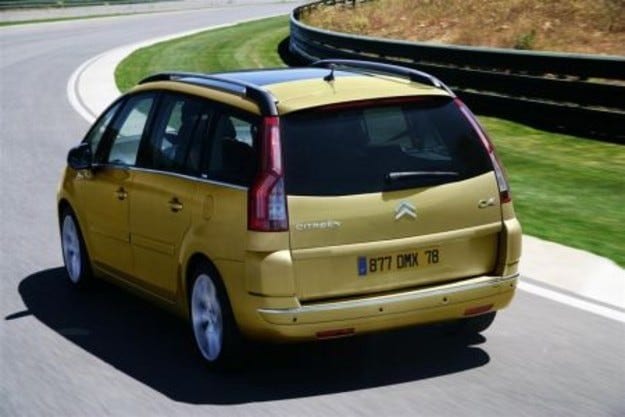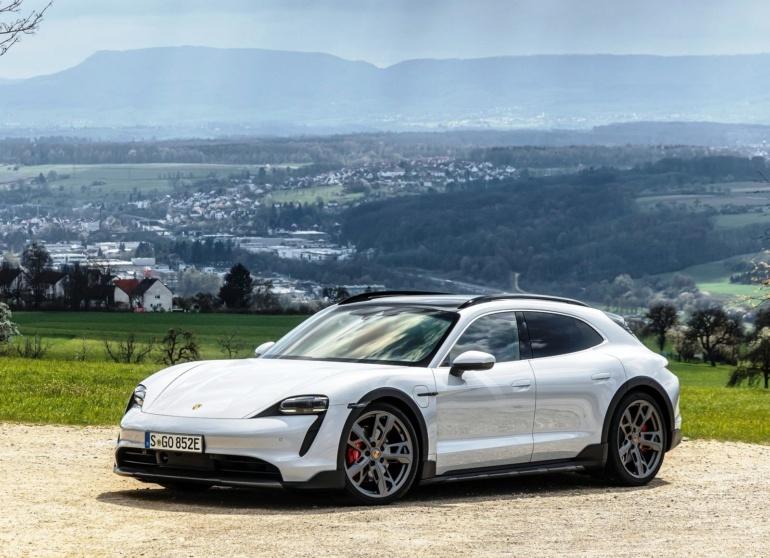
Test drive Citroen C4 Picasso: a question of light

In today's automotive industry, there is almost no model with a wider glass surface than the new Citroën C4 Picasso - the dimensions of the windows literally resemble cinema screens ... Test of a seven-seat model with a two-liter diesel engine
Citroën defines this car as “dreamy”, which resembles a kind of glass palace on wheels, with ten giant windows, panoramic windshield and an optional glass sunroof with wind-up canopy. All of this is 6,4 square meters of glazed area and provides a bright and welcoming atmosphere, which is also available for seven passengers. It's another matter how things will look with an air temperature of 30 degrees Celsius and the presence of a hot summer sun, but it's too early to worry about such potential problems this season.
Unfortunately, almost all of the controls in a car (including the automatic transmission lever) are integrated into a cluttered fixed steering wheel. Other important details, such as the control of the air conditioning system, were pushed far aside towards the doors for unknown reasons. The comfort of the front seats is excellent, but with sharper maneuvers, the lateral support of the body is insufficient, and there is almost none at the rear. The low seating position of the three seats in the second row and the inability to support the elbows are a prerequisite for fatigue during long transitions.
And since we're still talking about the van
if necessary, "furniture" is able to quickly and easily plunge into the floor. Thus, a modest boot volume of 208 liters with all seven seats could be brought up to a typical 1951 liter category. A flat floor, easy loading and unloading, and a load capacity of 594 kg make the C4 Picasso a first-class vehicle, and reliable brakes are a great addition to this.
However, when fully loaded, the 4,59 meter long C4 Picasso weighs up to 2,3 tons, which means a serious test for the engine and chassis. For this reason, Citroën opted for a rear axle suspension with pneumatic elements and automatic leveling in the top version of the Citroën models. Thanks to him, the unevenness of the road surface is quite effectively absorbed. The 8,4-liter HDi engine is a good choice not only because of the good traction it delivers regardless of the car's hefty weight, but also for another reason: average fuel consumption in the test was a rather modest 100 liters per XNUMX kilometers.
Alas, a good, well-groomed engine impression is significantly spoiled by the standard electronically controlled transmission, in which six gears are shifted automatically or via the steering column plates, but both modes of operation definitely didn't work brilliantly. Especially in automatic mode, the almost constant opening and closing of the hydraulic clutch results in a noticeable pulling power of the massive van. The transmission setup is also disappointing.
Text: AMS
Photos: Citroën
2020-08-29
